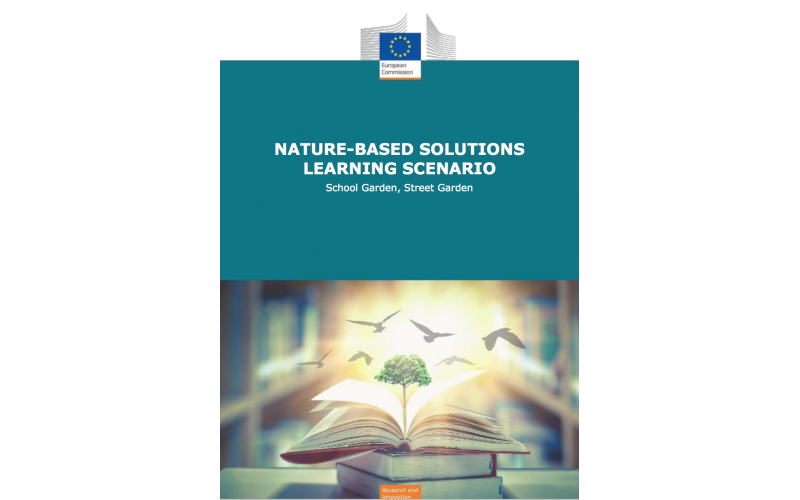Green areas are increasingly scarce in cities and in schools and, in some cities, there are many abandoned green spaces and parks. These could become places of environmental education, biodiversity, and healthy recreation for people, improving cities’ ecosystems.
The aim of this activity is to carry out a project with students that will connect uncultivated existent green areas and external spaces of the school, with green cycling paths and walking tracks. The pathways already exists but they need to be greener. In order to succeed, we should connect the school to a wider network, including city councils and the private sector, and involving the civil population (i.e. with the online forms/survey students will share on social media, and by making this area accessible to the neighbourhood and to the people outside the school). Students will develop ideas which will be presented to local administrative authorities and NGOs, with an emphasis on studying existing plants, the local ecosystems, and designing spaces suitable for all age groups. In their green spaces, the students can spend some leisure time even in the afternoon. Moreover, their gardens would be a safe space for the neighbourhood’s children and elderly and would promote people’s health. Finally, senior citizens could collaborate by monitoring the green spaces and ensure the benefits that green spaces can provide while ensuring their safety.

